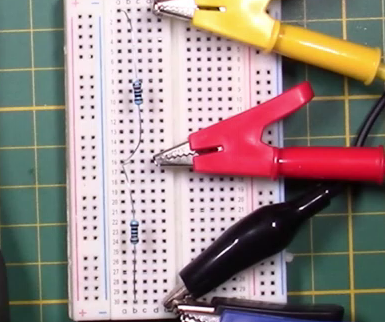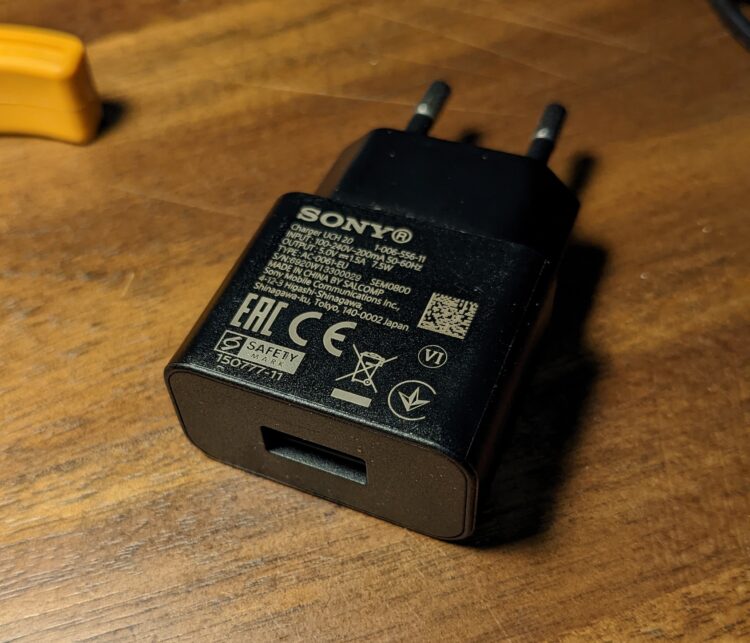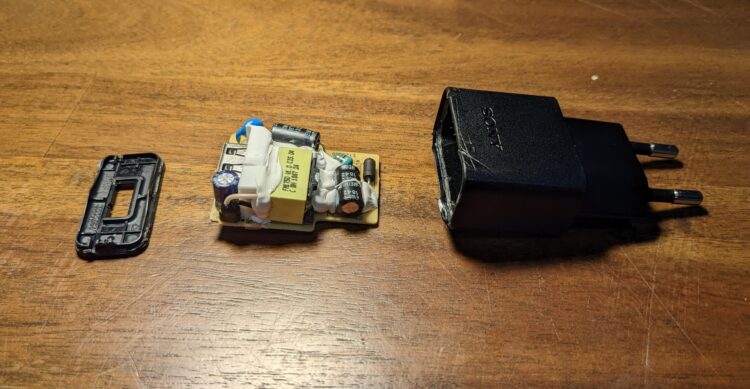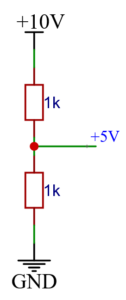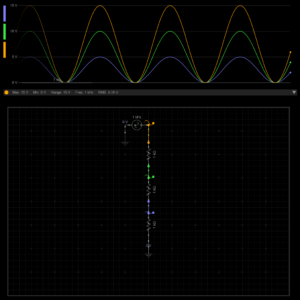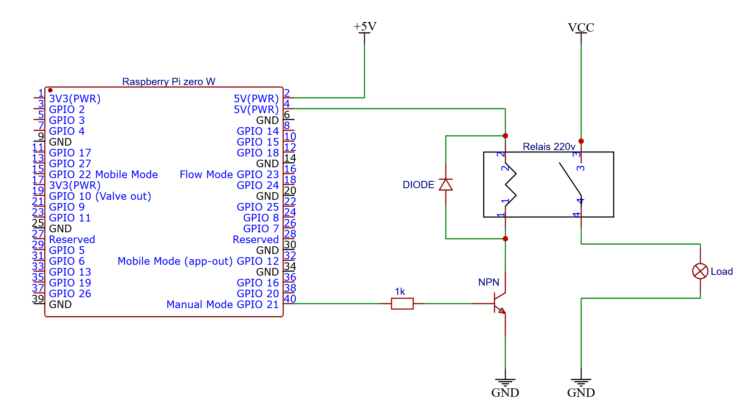The IR2110 is a very capable high side + low side MOSFET gate driver. It requires a diode and three capacitors to function properly. You can drive the high and low side independently if you like.
IR2110 capabilities
- The IR2110 comes in both DIP and SOIC packages.
- One high side channel. You can switch any side of a load, high, low, in the middle, it’s all good.
- One low side channel. You can switch the ground side of a load.
- Channels are independent. Also, you can use a single channel and ignore the other.
- High side maximum voltage of 500.
- MOSFET gate voltage between 10 and 20. Choose a MOSFET that matches this. Also, you must provide this voltage to the IR2110.
- Can understand logic between 3.3V and 20V. Connect directly to your Arduino, Atmel or PIC. You must provide your logic voltage source to the chip so it knows what to expect.
- Can switch ON and OFF at maximum frequency of 5Mhz. This is more than 50 times faster than an Arduino can do PWM.



